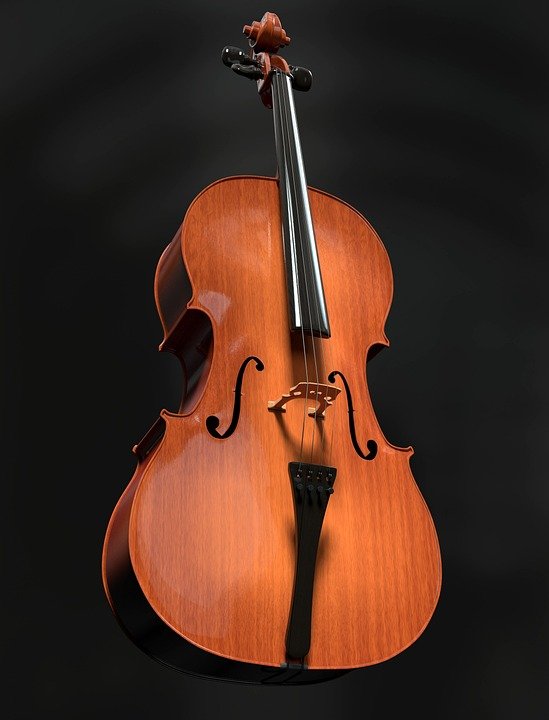Get on a DIY adventure: 3D Print Your Own Viking Helmet
Imagine the power of artifacts waving at your fingertips of historical style. 3D printing has revolutionized the DIY project, creating sophisticated designs (such as a powerful Viking helmet) that can be accessed by amateurs and manufacturers. In this guide, you will learn how to create your own wearable Nordic masterpiece and discover why professional Metal 3D printing (For upgrades outside of plastic) offers unparalleled durability and artistry.
Why Viking helmet?
Viking helmets symbolize power and adventure. Historically fully functional (although real Vikings rarely wear horn helmets), it is now a favorite prop for role-playing, historical reenactment or striking decoration. 3D printing allows you to customize size, style and details (from threat corners to Nordic prints) without the need forging by blacksmiths.
DIY steps: Making a helmet
Follow this workflow and use a desktop FDM or resin printer to bring the helmet to life:
-
Design selection:
Start with online repositories like Thingiverse, myminifactory or Cults3d. Search for “Viking Helmet” and select a model. Key criteria:
- Modular: Models with removable angles can be easily printed and customized.
- Scalability: Make sure the file is pre-scaled or adjustable to fit the head size.
-
Slice and Settings:
- Use a slicer (such as Cura, Prusaslicer) to convert the .STL file into a printable layer.
- Recommended settings:
Material: PLA (beginner friendly) or PETG (electrical resistance).
Layer height: 0.2 mm for details.
support: Enable overhang (for example, horn bottom).
-
Print and assemble:
- First print the helmet base, then the corners and embellishments.
- hint: Divide large models into smaller printer segments.
- Use super glue or epoxy glued pieces to clamp the joints for adhesion.
- Post-processing:
- Grinding: Start at 120 particle size and end with a smoothness of 400 particle size.
- Start and Paint: Apply fill primer to hidden layer lines. Use metal paint (copper, iron) or aged finish (black wash + dry brush).
- Accessories: Add faux fur trim or belt for authenticity.
⚠️Safety Instructions: Wearing a helmet for clothing purposes only – Plastic provides limited protection.
Beyond Plastics: The Charm of Metal 3D Printing
Although DIY plastic helmets meet casual needs, Metal Version enhances realism, durability and value – ideal for professional theater, movie props or heirloom displays. This is what experts like Great Blink the gap between amateur creation and industrial mastery.
Why choose metal?
- Strength and details: Metal alloys (e.g., stainless steel, titanium) resist wear and capture complex patterns and cannot be cast.
- Complete functions: Options include polished, antique, powder coated or plating surfaces.
- Precision fitting: The scanned head measurements ensure custom comfort with professional CAD adaptation.
Introduction to Greatlime: Your Metal 3D Printing Partner
Gregtime is not only a manufacturer, but we are driving innovators in Metal 3D printing restrictions. Equipped Advanced Direct Metal Laser Sintering (DML) Machines and proprietary post-processing technology, we transform digital concepts into perfect metal reality.
Our Advantages:
- Unparalleled expertise: Solve complex design challenges for engineers specializing in functional metal parts.
- One-stop service: From printing to finishing the work (heat treatment, polishing, painting), we process it under one roof.
- Speed and customization: Most materials (aluminum, brass, tool steel) are processed within 3-5 days. Request a custom alloy.
- Special value: Used for competitive pricing for accurate prototypes or low to medium volumes.
"Greatlight authorizes our film studios to create combat helmets that are 60% faster than traditional methods without damaging the Viking-era aesthetic." – Stefan R., Production Designer
Convert your plastic prototype to metal display – Connect the quote today.
in conclusion
3D printing makes creativity democratic, allowing anyone to create their Viking heritage with plastic. But for those who are ready to get on the craftsmanship, Metal 3D Printing with Greatlight Provides a combination of tradition and technology. Whether you are an amateur or a professional, go beyond ordinary innovation because a true legacy should not be temporary.
FAQ
Q1: How much does it cost to 3D-print a plastic Viking helmet?
A1:
- Filigree: $15–$30 (500g spool PLA/PETG).
- Paint/Complete: $10–$25.
Total rough estimate: $25–$55 (Excluding printer cost).
Q2: Is metal 3D printing available for full-size Viking helmets?
A2: Absolutely! Greatlight specializes in large metal prints. With DML, we can maintain structural integrity while minimizing weight. Price starts $200 – $600with changes in materials, complexity and finishing.
Q3: How long does it take to print a plastic helmet?
A3: For multiple helmets:
- Base (2-3 parts): 15–25 hours.
- Horn and details: 5–10 hours.
Post-treatment adds 3-6 hours of grinding/painting.
Q4: Can Greatlight optimize my DIY plastic design for metal printing?
A4: Yes! Our engineers review documents to adjust the support structure, wall thickness and stress points. Upload your model to our platform for free feasibility reports.
Q5: Which metal is best for prop helmets?
A5: Stainless steel (durable), aluminum (lightweight) and bronze (authentic surface) dominate the supreme. We provide coatings to prevent corrosion from extended use.
Q6: Is printed metal helmets wearable?
A6: There is a proper internal filling, yes! Note: They are mainly art displays or safety prop armor, rather than impact resistance like industrial helmets.
Merge creativity with the best technology in the industry. 💡Do you have the Vikings’ vision? Scale it in metal and meter it on metal – details satisfy durability.


















